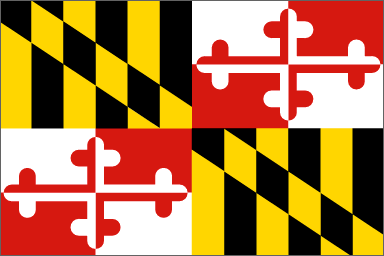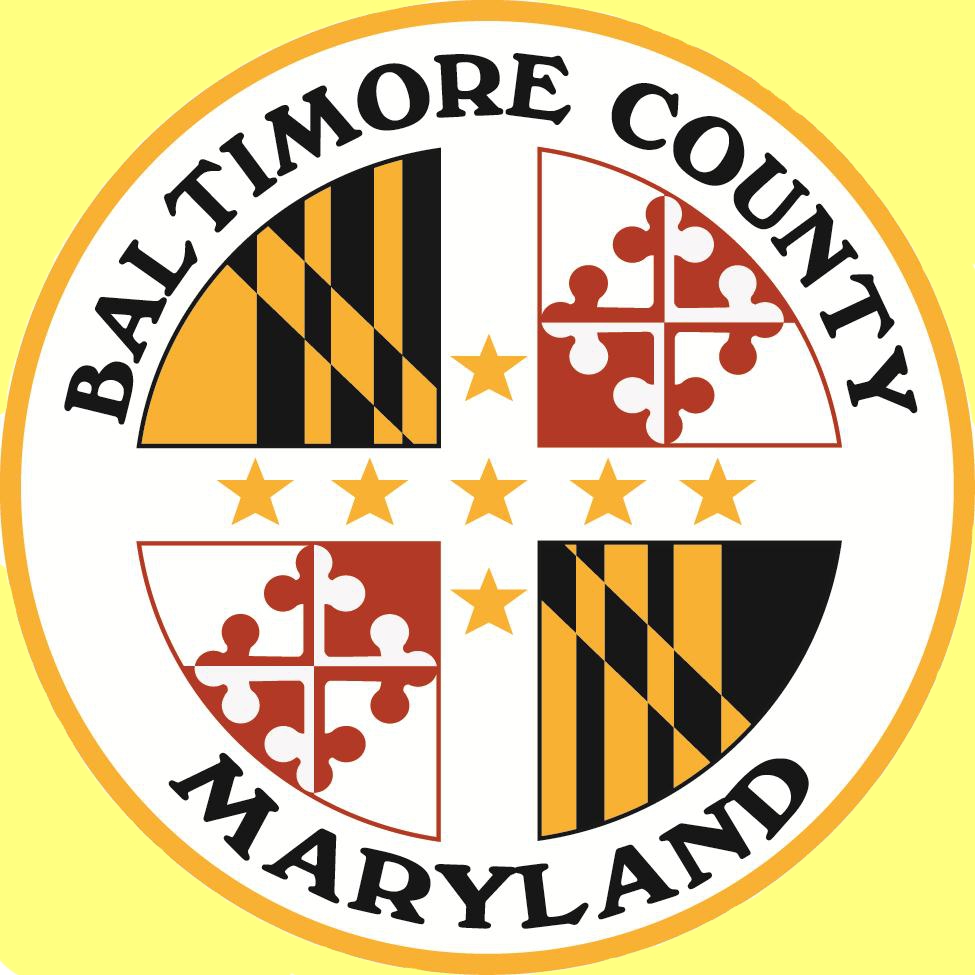

Maryland Daffodil Society
MarylandDaffodil@gmail.com
MarylandDaffodil@gmail.com
Maryland Daffodil Society, Inc.
America's Oldest Daffodil Society
America's Oldest Daffodil Society
In the spring of 1919, the members of Hardy Garden Club decided to stage an in-club daffodil show. New and different varieties were just coming on the market and were readily available in catalogs. News of the very successful show leaked out via the grapevine and the following year Hardy invited two local horticulturists to see the show. Miss. Elizabeth Clark of the Amateur Gardeners Club and a very knowledgeable gentleman, Mr. T. McKean-Meire. Thrilled with the beautiful display, they persuaded Hardy to open its door to a larger audience. Hardy acquiesced and “thereby relinquished its sole possession of the daffodil”.*
By 1921, an enthusiastic nucleus of daffodil devotees were invited by Ms. Jane Cook (Garden Club of Twenty) to see the water color paintings of beautiful new hybrids brought by Mr. Frank Galsworthy of England. After his lecture, Mr. Galsworthy (cousin of the novelist John Galsworthy) gave the assembled guests names and addresses of English growers.
With growing interest in daffodils, pressure mounted to organize a society, and in 1923 the Maryland Daffodil Society officially came into existence. Originally membership in the Society was limited to Maryland garden clubs and participants in the early shows were limited to clubs belonging to the Society.
The first official show was held on April 28, 1924 at the Elkridge Club. This show schedule listed ten horticultural classes and one artistic class. It called for “Narcissi in all classes to be accompanied by own foliage” and “exhibits must be named as far as possible”. A fee of ten cents per entry was charged and the entire show lasted three hours.
By 1930, when the Show moved to the Baltimore Museum of Art, the schedule was enlarged and included miniatures and collections (which required ten or more varieties). There were now six artistic classes. A special class for non-garden club members was included. Fees also grew. It now cost fifteen cents per entry and collections were fifty cents each! To offset this hefty increase, stakes for winning also rose. First prize winners garnered $2.50 in gold! Prodigious numbers of daffodils were exhibited. The “Incomparabilis Narcissi Class” (now called “Large Cup Daffodils”) had forty-five entries and one collection was graced with sixty-one different varieties.
During the War Year of 1943-44, prizes were changed appropriately to War Defense Saving Stamps and the Red Cross distributed the exhibits to nine military hospitals throughout the state. The Show continued to attract exhibitors and by 1964 there were 136 horticultural classes with about 2,000 blooms.
The vitality and longevity of the Maryland Daffodil Society stems from the successful combination of its unique heritage and the constant encouragement of novice growers. Quinten Erlandson and Betty Smith are examples of two past society Presidents that were passionate about daffodil s and were mentors to many new enthusiasts. Classification of daffodils has changed and names of those early winning cultivars are rarely seen on the show bench; but membership still draws its strength from the numerous Maryland garden clubs representing all parts of the state. The T. McKean-Meire Medal, first given in 1928 as a sweepstakes, still retains its place as the most prestigious award in our schedule. Show reports indicate that the passing committee was even then the most hard-pressed, “Our worst headache which physically and nervously collapsed many”*
The Maryland Daffodil Society hosted the National Convention in 1996 and again in 2012. Each year our show brings approximately 100 exhibitors, showing 2,000 blooms. Design classes have been an integral part for many years featuring daffodils in many unique and impressive displays. A photography section made its debut at the 2012 national show.
*Quotes from a “History of the Maryland Daffodil Society” written by Mrs. Duncan K. Brent on February 25, 1964 at the request of Mrs. Alfred T. Gundry. Additional facts are from historical records of Mrs. Joseph Purdy.
By 1921, an enthusiastic nucleus of daffodil devotees were invited by Ms. Jane Cook (Garden Club of Twenty) to see the water color paintings of beautiful new hybrids brought by Mr. Frank Galsworthy of England. After his lecture, Mr. Galsworthy (cousin of the novelist John Galsworthy) gave the assembled guests names and addresses of English growers.
With growing interest in daffodils, pressure mounted to organize a society, and in 1923 the Maryland Daffodil Society officially came into existence. Originally membership in the Society was limited to Maryland garden clubs and participants in the early shows were limited to clubs belonging to the Society.
The first official show was held on April 28, 1924 at the Elkridge Club. This show schedule listed ten horticultural classes and one artistic class. It called for “Narcissi in all classes to be accompanied by own foliage” and “exhibits must be named as far as possible”. A fee of ten cents per entry was charged and the entire show lasted three hours.
By 1930, when the Show moved to the Baltimore Museum of Art, the schedule was enlarged and included miniatures and collections (which required ten or more varieties). There were now six artistic classes. A special class for non-garden club members was included. Fees also grew. It now cost fifteen cents per entry and collections were fifty cents each! To offset this hefty increase, stakes for winning also rose. First prize winners garnered $2.50 in gold! Prodigious numbers of daffodils were exhibited. The “Incomparabilis Narcissi Class” (now called “Large Cup Daffodils”) had forty-five entries and one collection was graced with sixty-one different varieties.
During the War Year of 1943-44, prizes were changed appropriately to War Defense Saving Stamps and the Red Cross distributed the exhibits to nine military hospitals throughout the state. The Show continued to attract exhibitors and by 1964 there were 136 horticultural classes with about 2,000 blooms.
The vitality and longevity of the Maryland Daffodil Society stems from the successful combination of its unique heritage and the constant encouragement of novice growers. Quinten Erlandson and Betty Smith are examples of two past society Presidents that were passionate about daffodil s and were mentors to many new enthusiasts. Classification of daffodils has changed and names of those early winning cultivars are rarely seen on the show bench; but membership still draws its strength from the numerous Maryland garden clubs representing all parts of the state. The T. McKean-Meire Medal, first given in 1928 as a sweepstakes, still retains its place as the most prestigious award in our schedule. Show reports indicate that the passing committee was even then the most hard-pressed, “Our worst headache which physically and nervously collapsed many”*
The Maryland Daffodil Society hosted the National Convention in 1996 and again in 2012. Each year our show brings approximately 100 exhibitors, showing 2,000 blooms. Design classes have been an integral part for many years featuring daffodils in many unique and impressive displays. A photography section made its debut at the 2012 national show.
*Quotes from a “History of the Maryland Daffodil Society” written by Mrs. Duncan K. Brent on February 25, 1964 at the request of Mrs. Alfred T. Gundry. Additional facts are from historical records of Mrs. Joseph Purdy.